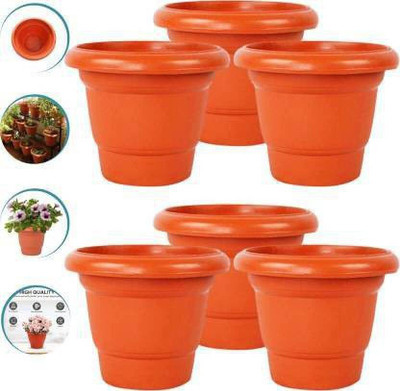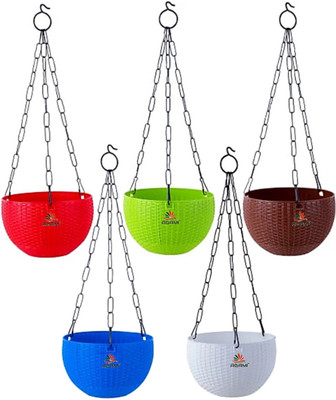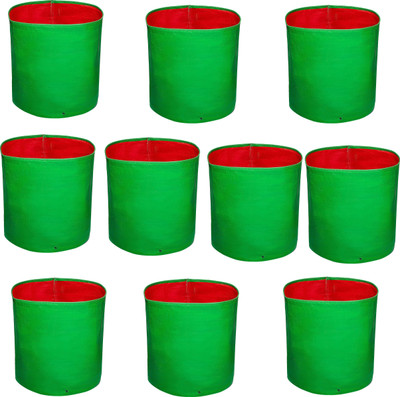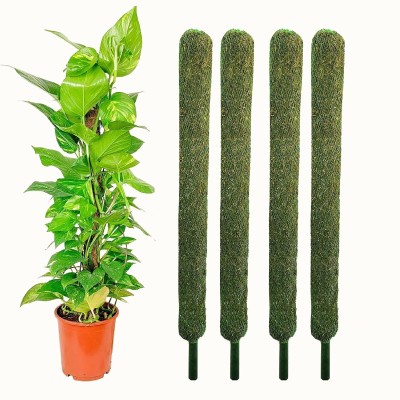
Musa paradisiaca Linn Banana Plant (Pack of 1)
Share
Musa paradisiaca Linn Banana Plant (Pack of 1)
Be the first to Review this product
Special price
₹157
₹399
60% off
Available offers
T&C
T&C
Delivery
Check
Enter pincode
Delivery by10 May, Saturday|Free₹40
?
if ordered before 11:59 PM
View Details
Highlights
- Plant Name: Banana Plant
- Type: Fruit
- Suitable Location: Outdoor
- Container Type: Grow Bag
- Height: 150 mm
Services
- Cash on Delivery available?
Seller
GreenyOn
3.9

Seller changed. Check for any changes in pricing and related information.
- No Returns Allowed?
See other sellers
Description
The banana plant (genus Musa) is a large, herbaceous flowering plant that can grow up to 30 feet tall:
Structure
The plant has large, fleshy stalks topped with broad, soft, arching leaves. The leaves are made up of a stalk (petiole) and a blade (lamina), and the base of the petiole forms a sheath. The tightly packed sheaths make up the pseudostem, which supports the plant and looks like a trunk.
Fruit
The banana fruit is long and shaped like a "leathery berry" with yellow or green skin. It has a protective outer layer (peel or skin) with long, thin strings (vascular bundles) that run between the skin and the edible inner portion.
Size
The size of the banana plant and its fruit can vary greatly depending on the cultivar. Dwarf species can be as short as six feet, while the largest types can be over 30 feet tall. The leaves can also vary in size, with some being up to 9 feet long and 2 feet wide.
Roots
In loose soil, the banana plant's roots can develop extensively, sometimes up to 30 feet laterally. However, unfavorable subsoil conditions can limit root growth to the upper 40 cm of soil, which can result in fewer bunches.
Read More
Specifications
In The Box
| Pack of |
|
General
| Brand |
|
| Model Name |
|
| Type |
|
| Life Cycle |
|
| Plant Name |
|
| Suitable Location |
|
| Container Type |
|
| Container Material |
|
| Feng Shui Plant |
|
| Hybrid |
|
| Net Quantity |
|
Dimensions
| Height |
|
Have doubts regarding this product?
Safe and Secure Payments.Easy returns.100% Authentic products.
Back to top









